Why Hing Is Going Viral In Modern Ayurvedic Recipes?

Ayurvedic practitioners and health influencers are giving hing the limelight it deserves — especially as more people lean toward food as medicine.
And here's the kicker: many Ayurvedic diets discourage heavy onion-garlic use, especially during fasting or panchakarma. Hing fills that flavor gap and supports gut health.
The Science Behind the Stink (That You’ll Learn to Love)
Let’s talk facts — real quick.
Hing (asafoetida) owes its sharp aroma and medicinal benefits to volatile sulfur compounds, particularly disulfides like (E)-1-propenyl sec-butyl disulfide and 2-butyl 1-propenyl disulfide. These compounds are key to their strong scent and offer antimicrobial and anti-inflammatory effects (source).
But here’s a trick: don’t add hing raw. It’s harsh and overpowering. Instead, bloom it in hot ghee or oil. That’s when its medicinal properties get unlocked, and its flavor softens into a deep, umami-rich base note.
How To Use Hing in Modern Ayurveda?

1. Hing in Fasting Recipes (Vrat ke Khane)
During Navratri, Vrat-friendly kuttu flour dosa with a potato filling — no onion, no garlic. Just jeera, sendha salt, green chilies, and a pinch of Chukde Hing bloomed in ghee. You won’t even miss the regular version. The flavor was so satisfying, it became a year-round brunch request.
2. Hing in Khichdi for Gut Reset Days
Khichdi is Ayurveda’s answer to “press reset.” Make with moong dal, rice, turmeric, and a hing-jeera tadka. On days when digestion feels off, this is go-to. And yes — a good-quality hing like Chukde's makes all the difference.
3. Hing in Spice Mixes
Start adding hing to homemade chaat masala, and even a gut-friendly version of garam masala is a good option for those who follow a sattvic diet. Just a small pinch adds depth.
Why Chukde Hing?
You’d be surprised how many brands bulk up hing with fillers like wheat flour or gum arabic, dulling its intensity. Chukde is sourced from local farms and runs through various cleaning processes without compromising flavor.
It’s potent, clean, and honestly — a little goes a long way.
FAQs
Q: Can I use hing every day?
Absolutely — just in small quantities. It’s especially beneficial if you struggle with gas, bloating, or sluggish digestion. But moderation is key.
Q: Is hing safe during pregnancy?
Yes, in very small amounts, it is used for cooking. But if you’re pregnant or nursing, it’s always best to consult your doctor or an Ayurvedic practitioner before using it regularly.
Q: Why does my hing smell so strong — is it spoiled?
Nope — that’s normal. Good quality hing are supposed to smell strong. It mellows out when cooked.
Q: Can hing replace garlic or onion in recipes?
Totally. In sattvic or Jain cooking, it’s used for that very reason. A small pinch in hot ghee provides that savory punch.
Final Thoughts
Hing may not have the glam of saffron or the universal appeal of turmeric lattes, but if you give it a chance — especially in Ayurvedic recipes — it’ll earn a permanent spot in your kitchen. When you do try it, get your hands on Chukde Hing because when the spice is this potent, originality matters.
Disclaimer: Information is for educational purposes only and should not be taken as medical advice. We emphasize consulting a doctor before consuming any spices in your diet.
Related articles
Checkout in
& get 2% OFF

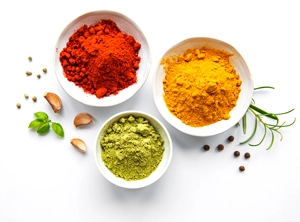

 Cart
Cart



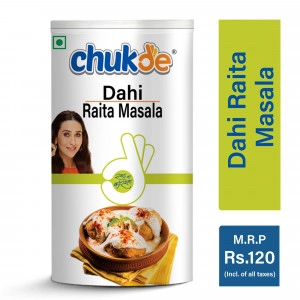
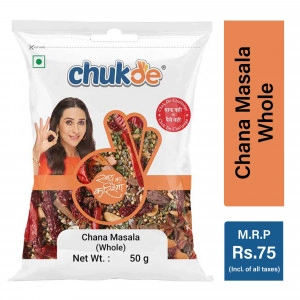
 <% cart_fragment.free_shipping_message %>free shipping
<% cart_fragment.free_shipping_message %>free shipping





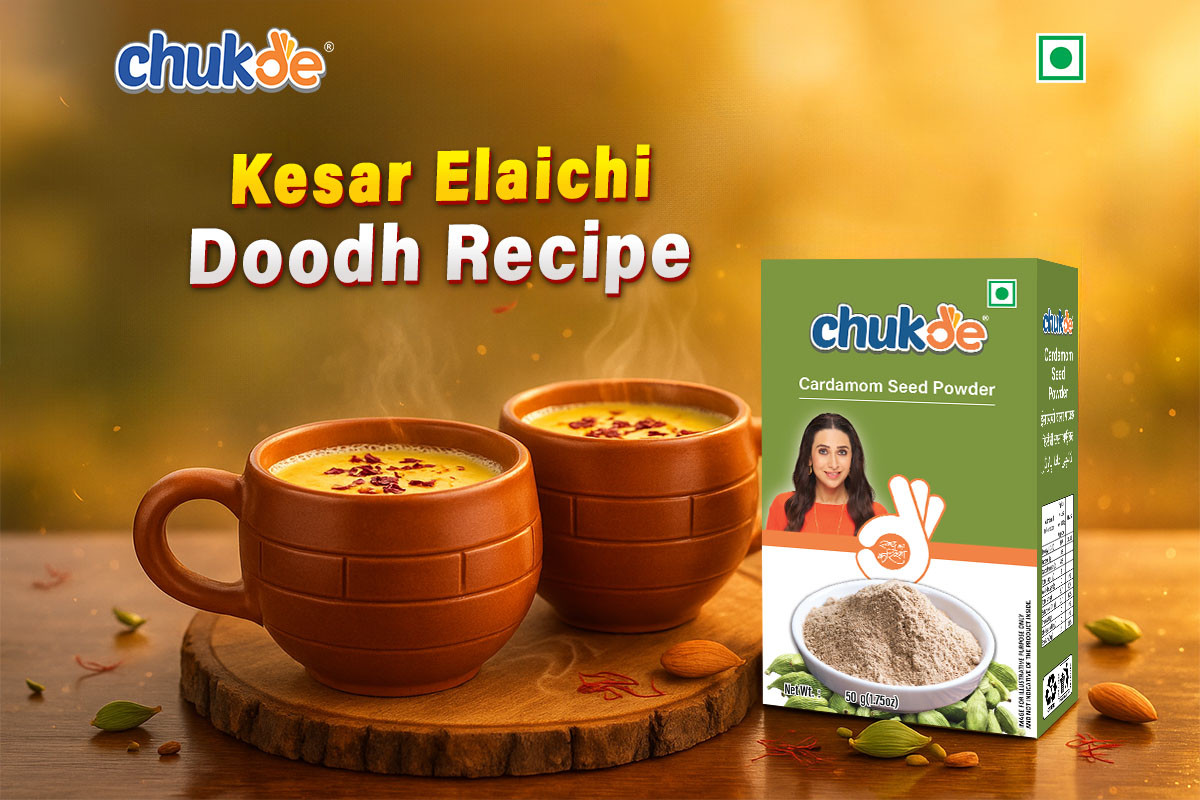
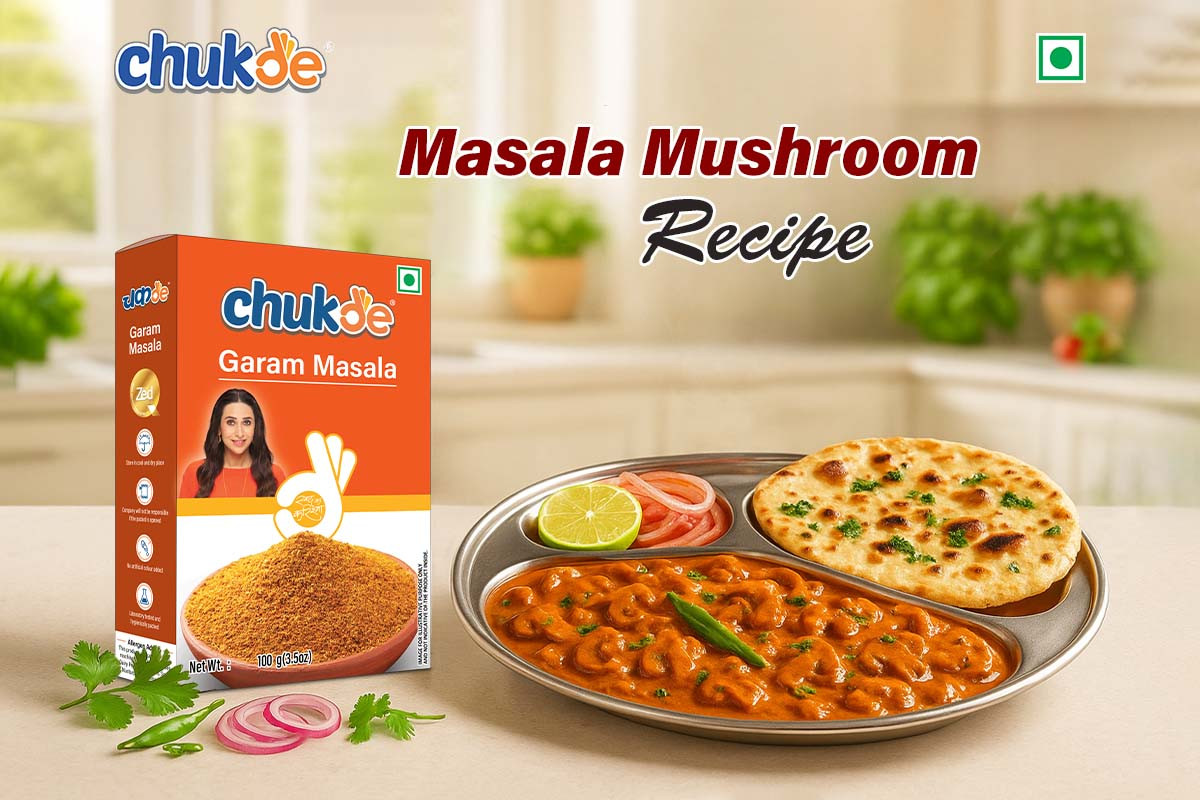


 TBS points:
TBS points: 


 100% safe
checkout
100% safe
checkout




